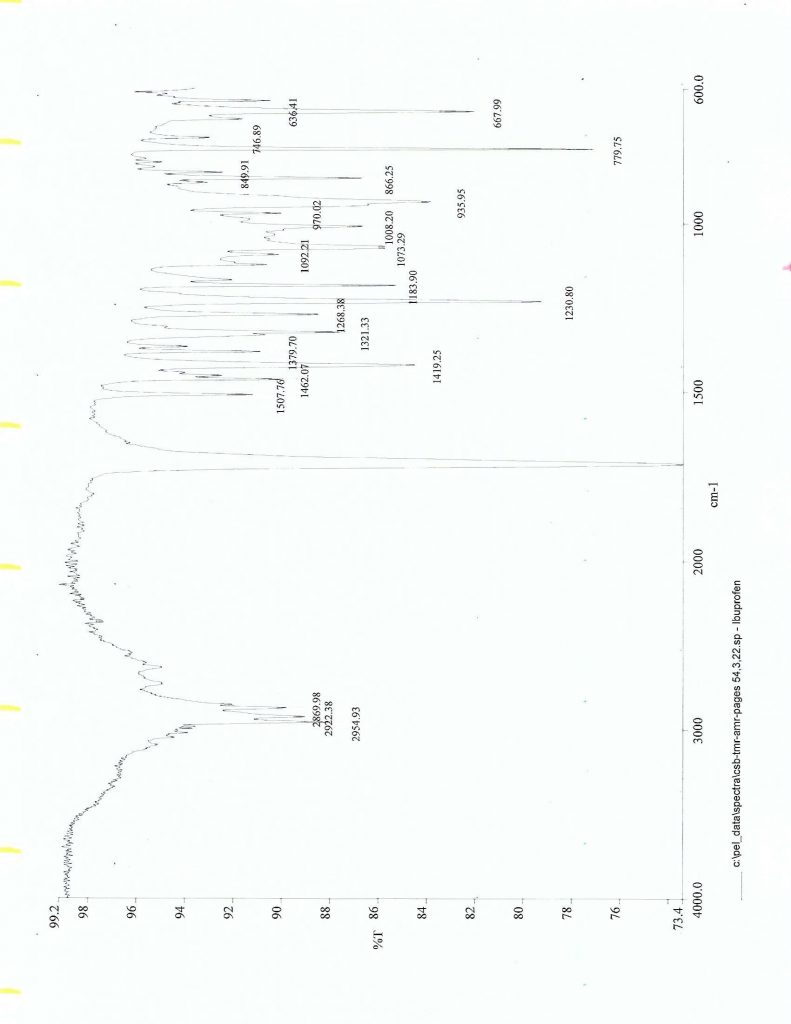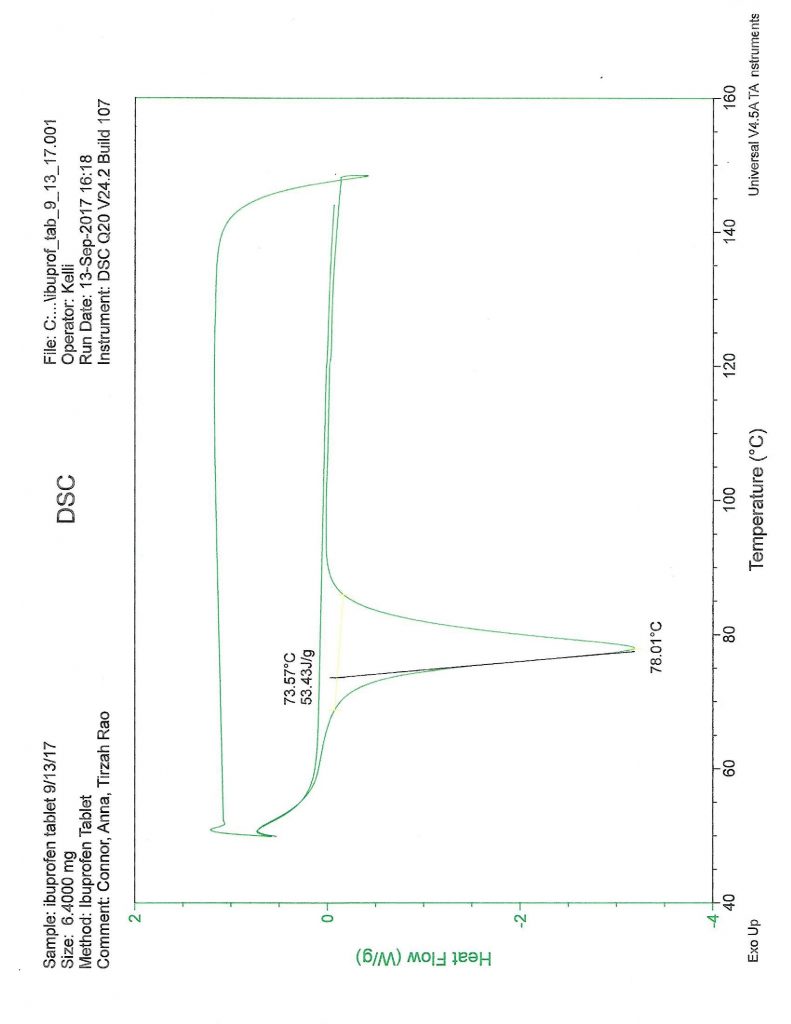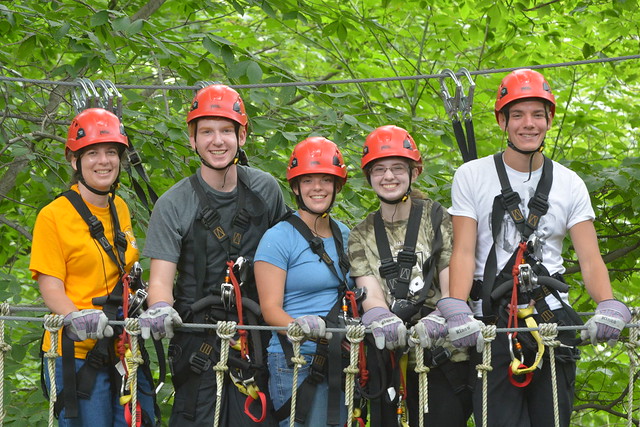Category: Uncategorized
Wonder Woman ca. 1918
I was intrigued by the idea of aging a movie trailer to make it appear to be from the silent era. It essentially admits that silent films are a separate art in and of themselves, with unique pros and cons (while of course also providing the opportunity for a humorous editing project). As such I immediately began to rack my brain for recent movie trailers… Then I hit upon the new trailer for Wonder Woman. Not only is it a beautiful example of a modern movie trailer, but the setting of the film is WWI. I could essentially edit the trailer to match the time-period of the film itself! As such, I realized that it would be the perfect candidate to return to the silent era.
This video assignment posed a unique challenge, in that I have a great deal of experience with editing video, but haven’t had much need to use effects. So I began playing around with different options in the effect room of Cyberlink PowerDirector (my video-editing software), and found an effect called “Old Movie” that seemed to fit my needs. However, I adjusted the background color, as the original seemed to filter with a strange sort of mustard yellow that just seemed odd. I also realized that my video still seemed too smooth. It now was black and white with aged lines, but the actual playback wasn’t jumpy. I ultimately decided to combat this by adjusting the playback speed. I’ve actually been searching for a way to edit speed for a while now, and now had real motivation to properly investigate. Combing through the designer options yielded nothing, nor the effects room. I ultimately opted to try a Google search, and voila! The answer turned out to be in the Power Tools section of my software. I then sped up my footage to make it jerkier.
After adjusting the playback speed, I began to work with title cards (specifically this one), stretching my selected card to fully fit the 16:9 aspect ratio. I opted to use subtitles to insert the dialogue. This was a bit of a pain, as it was difficult to center the dialogue, and timeline adjustments usually meant adjusting the placement of all the following subtitles. I also used Incompetech to select my silent film music, ultimately choosing a bouncier intro piece and a more dramatic distressed piece for the latter half of the trailer. After making small adjustments here till the video met my satisfaction, I published the final product on YouTube.
The final product looks relatively well aged. Personally, I most enjoy the mashup of WWI battle scenes with this silent film style. The two mash together quite well, and helped affirm my trailer selection.
Show Your Work
The post really seemed to focus an an intriguing premise, namely that documenting the creative process has a certain innate value that is often overlooked. This makes a great deal of sense, as sharing this information is beneficial for everyone (as long as you adhere to certain courtesy guidelines). It can serve as a motivator and fan-base builder for the creator, and can satisfy the curiosity of fans while facilitating their own learning. It essentially makes your work more accessible. Within my own realm of video-editing, you often see YouTube channels posting tutorials or how-to posts that can help guide fans into becoming creators themselves. So the act of sharing the process also serves to disseminate knowledge, an awesome act in and of itself. Honestly documenting one’s process can almost serve as a sort of creative democratization. The creative process becomes more of a dialogue between the creator and fans, potentially allowing for more fan interaction and input that can also positively influence the development of a project. Ultimately I felt that it was this emphasis on the process as opposed to the product that was the most important take-away from this post.
Using Hypothesis was a positive experience. I’ve had the opportunity to experiment with it some last semester, and it seems like a good way to essentially digest a text online as a group. Everyone can add their input without fear of being talked over or overlooked, and the annotations can be completed whenever your schedule permits (within the designated timeline of course). That sort of flexibility should hopefully allow more people to participate than they otherwise would have if the format was simply a verbal discussion of the text.
ds106 Introduction
Hi! My name is Anna, and I’m excited to be a part of #ds106 ! I love video-editing, all things film-related, and board-gaming! #Introduction
— Anna Rinko (@rinko_anna) August 29, 2016
https://youtu.be/1hGUfagzxns
Announcement
From here on out this blog will be devoted to ds106!
Digital Identity Analysis
My most prevalent presence online is probably on Facebook, which is one of the few social media accounts that is directly linked to my name. I also contribute content to YouTube under the username UvaSEP (I currently have 78 videos uploaded and almost 80,000 views). My UvaSEP profile is also connected to a Xena fan forum where I contribute some memes (new as of this semester). Most of my interactions involve uploads and posts (rarely do I comment on items).
Conducting a Google search of my name yields a YouTube presentation covering my senior culminating project from last year, followed by a scholarship profile and another link to my culminating project (uploaded by Jim Groom). Also on the first page of search results is my History of Genocide subdomain and main domain. The presence of my main domain is new (as I had not developed it at the beginning of the semester). A google image search presents two pictures of me from the World Boardgaming Championships, and an image from my Great Minds article. Interestingly, a search on Bing yields my domain and subdomain as the first results, while an image search brings up one picture from WBC.
The most noticeable change over this semester is probably the development of my main domain. Being able to shape this platform to convey the polished image I want to present digitally is important, and furthermore, appears to be working. It is most telling that a search of my name on bing immediately brings up my main domain. Essentially over the course of the semester, I have been better able to shape my presence online. Rather than the top search results being information other people have written about me, some of the top results are platforms that I have created and have direct control over. Hopefully this will continue to evolve as my professional career develops, allowing me to adjust my presence as necessary (uploading resumes, etc.). Learning more about my ability to directly shape this digital identity has been the most valuable lesson I have taken from this semester.
Xena Fandom
Xena: Warrior Princess quickly introduces a strong rapport between its two leads.
The LGBT community quickly found the show
And embraced it.
The fandom quickly created websites, fanart, and fanfiction.
The fandom was especially revolutionary in the area of fanfiction, helping to establish terms such as femslash, and genres such as uber and altfic.
Though be careful. Stumbling upon fanfiction you’re not prepared for…
While Xena/Gabrielle was the most popular ship, others existed. The community’s general response to Xena/Ares shippers…
After all, the community is very protective of their ship
And intense shipping wars can ensue.

15 years after the show ended, development plans for a reboot were announced. Xena/Gabrielle shippers upon finding out that the new show will fully acknowledge the relationship.
Adaptations, Remixes, and Mashups Module Reflection
This particular module was very product-oriented, and as such my primary goal was to create some form of mashup. I was able to successfully combine House of Cards with Donald Trump’s campaign (which can be found here). My goal was essentially to parody the rise of Trump while also comparing him to a fictional individual who perhaps shouldn’t be in power. The video was immediately flagged for copyright. While still available, it was blocked in one country and on some platforms. This is largely consistent with my previous experience with YouTube. Usually some aspect of my videos will be flagged (often for music content). The end result is that the company in question usually has the right to place ads on my video, and occasionally blocks my video in certain areas (such as Germany, which apparently has very strict copyright laws).
I researched some of the mechanics of this process by examining YouTube’s copyright policies (they provide some very detailed pages explaining this). The “Content ID” alerts that I often receive are issued to YouTube by the company that owns the copyrighted material. YouTube gives great freedom to the copyright holder, who gets to decide whether or not the material can be used by others. Generally a nice win-win situation occurs, where the copyright holder opts to let the video remain live, but takes in some revenue from ads. The copyright holder thus gets financial compensation, and my creative product remains public. But what particularly interested me was the process of disputing a claim. If a claim is disputed without a “valid reason” the content owner can take down your video, and you receive a copyright strike against your account. This seems like harsh retaliation, and an easy way to dissuade people from appealing a Content ID label that may be questionable. Overall, I think YouTube tries to keep a good balance between encouraging creativity and honoring the rights of copyright holders. But the harshness of disputing a claim concerns me, and seems unreasonably weighted in favor of the copyright holder.
Adaptations, Remixes, and Mashups Module Progress
This particular module was very product-based. As such, my goal was to produce a mashup (preferably a trailer mashup given my video-editing experience). Over the holiday, my brother happened to see my dad and I watching the Sunday talk shows. He commented that the rise of Donald Trump reminded him of House of Cards. I decided to take this idea and run with it. I viewed recent trailers for the show, and decided to use the song from the third season called Counting Bodies Like Sheep by A Perfect Circle. I then searched for various clips of Donald Trump, including ones depicting protests against him, Rubio’s concession speech, and Chris Christie’s famous facial expressions. I then combined these in a trailer-esque video (taking maybe 4-5 hours) and uploaded it to YouTube.
YouTube immediately tagged the video as having copyrighted content. As such, it was blocked in one country (Germany), and blocked on mobile devices. In addition, the claimant will be able to place ads on my video. While these restrictions are somewhat annoying, the video remains largely available.















